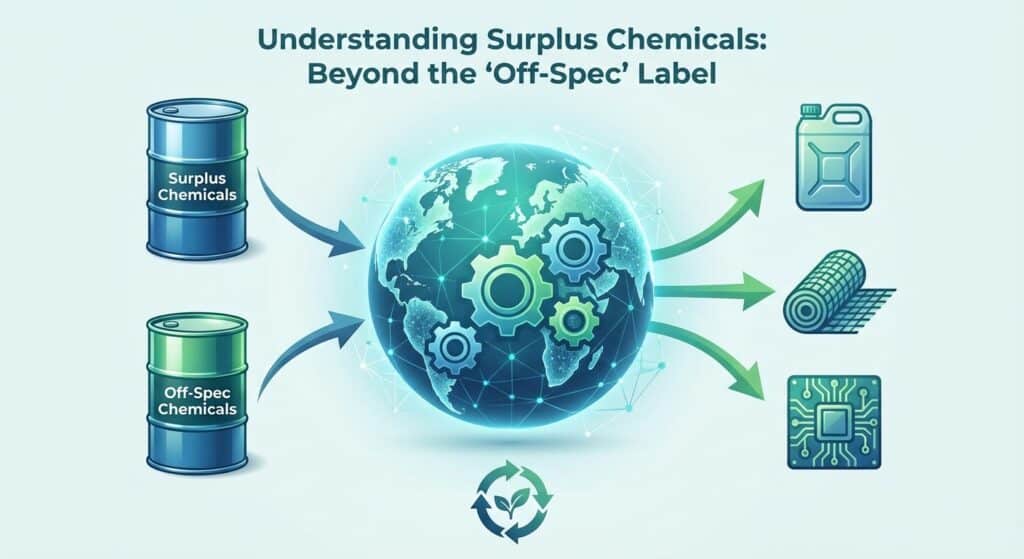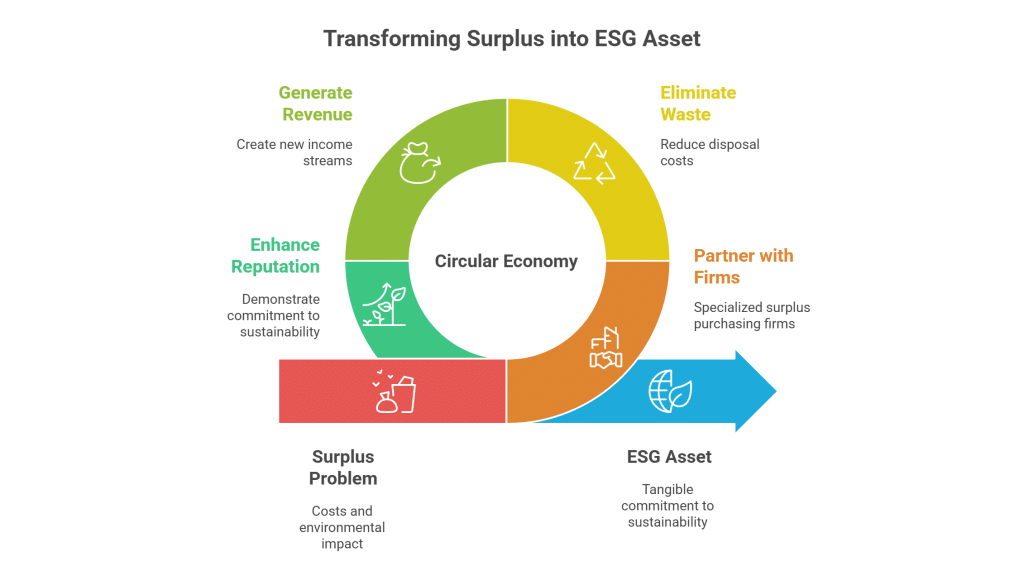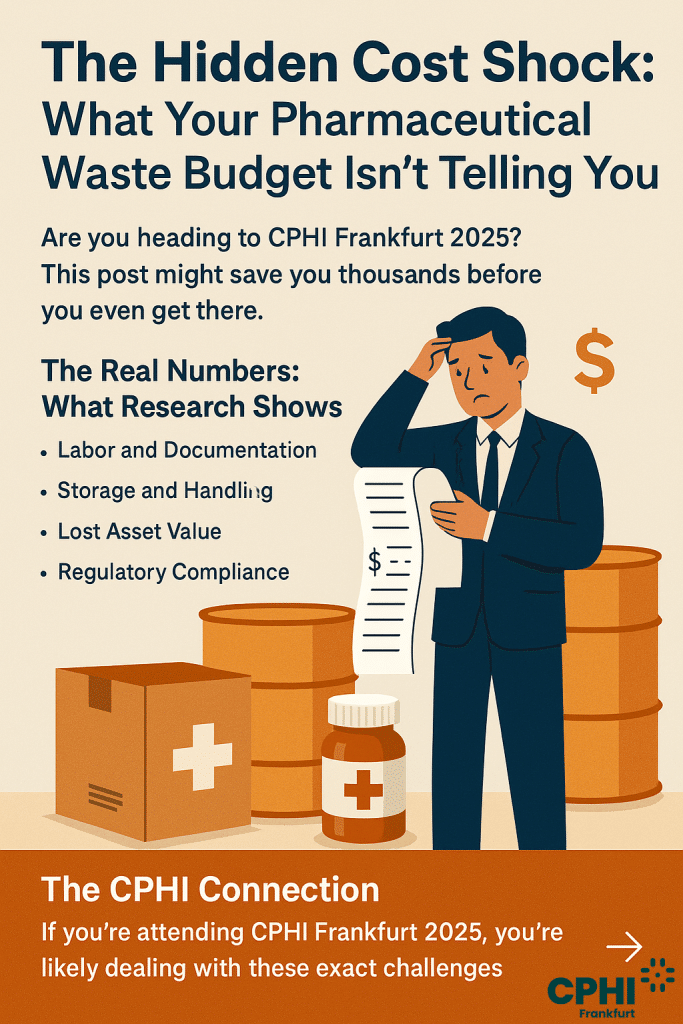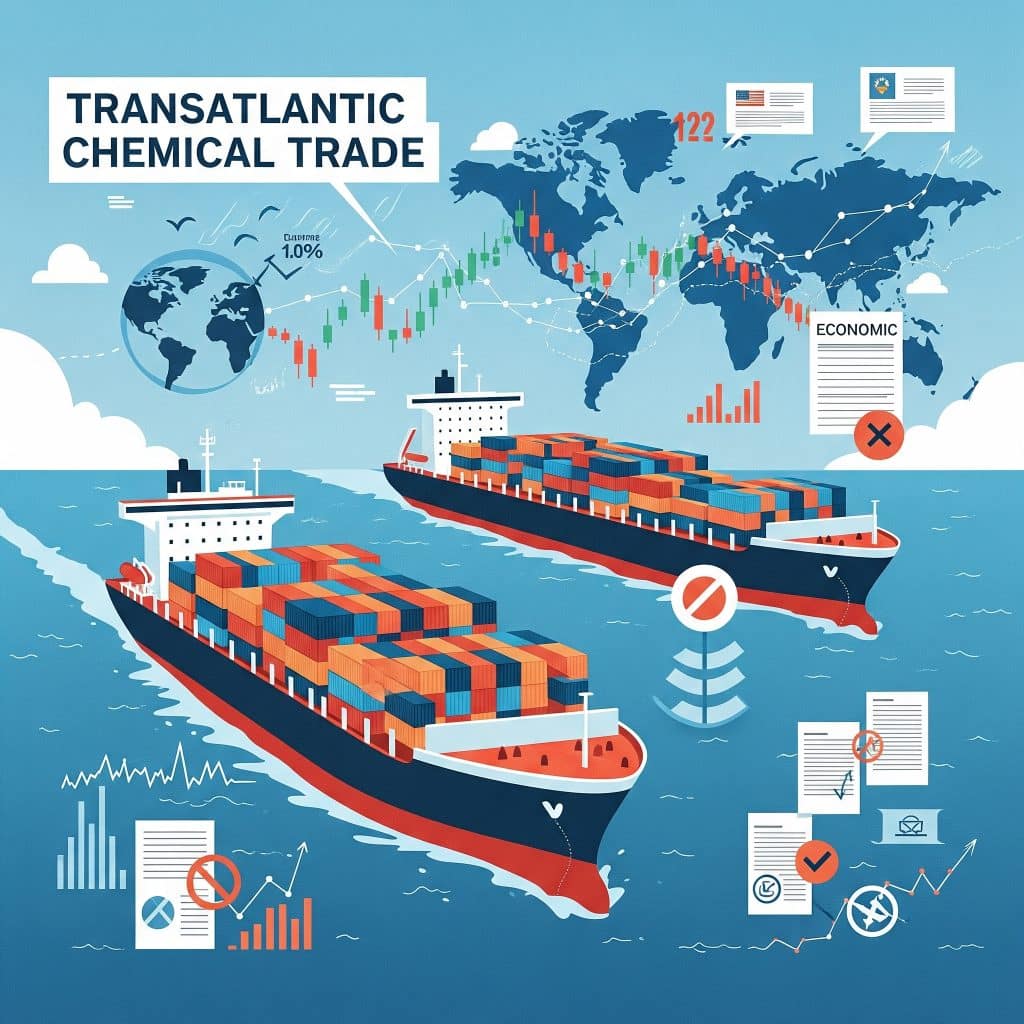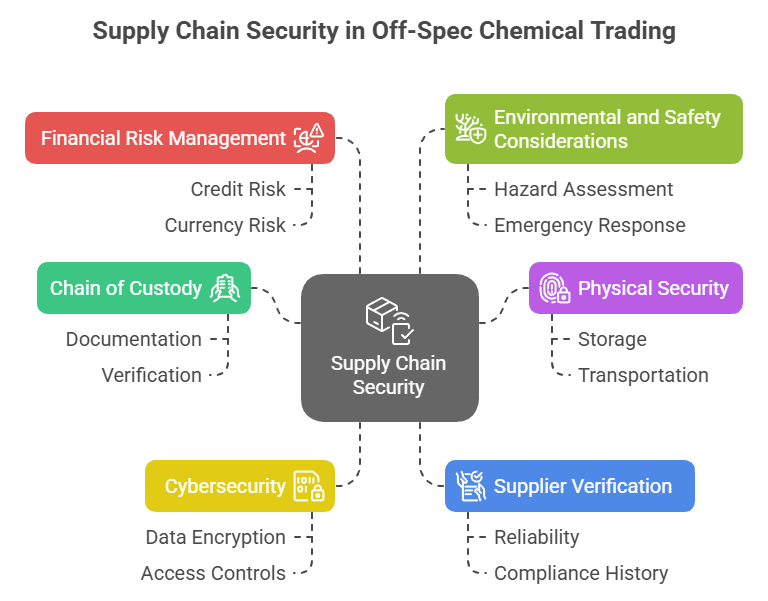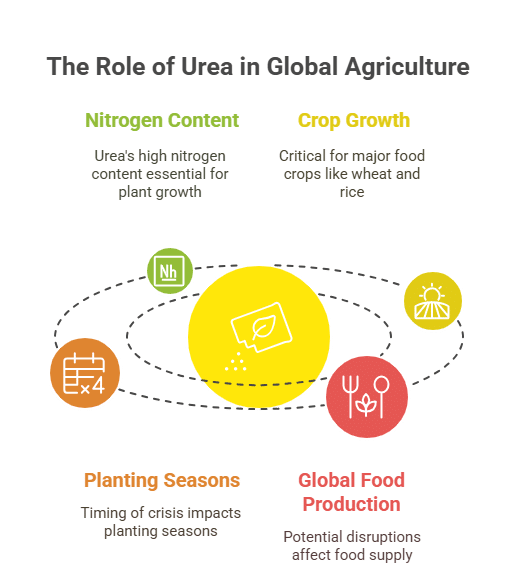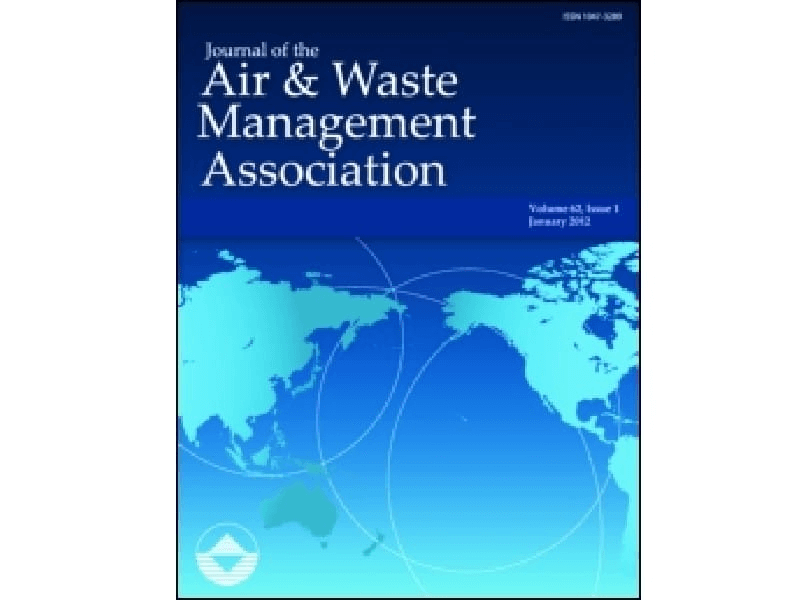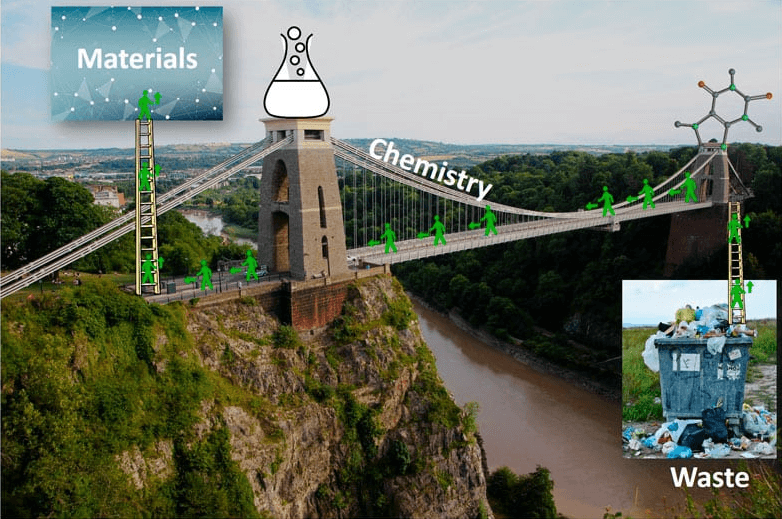Maximize Value with Surplus Maltodextrin in Food & Pharma
Maltodextrin is a versatile specialty carbohydrate derived from starch, widely used in both food and pharmaceutical applications. As an additive, it enhances texture, acts as a filler, and improves shelf life in processed foods, while in pharma it serves as an essential binder and carrier in tablets and supplements. Its neutral taste and compatibility with various formulations make it a prime candidate for surplus inventory trading.
Surplus Maltodextrin Trading for Food & Pharma – Optimize Your Inventory
Buying and selling surplus maltodextrin offers tremendous benefits for both sellers and buyers. Sellers can recover costs, free up valuable storage space, and avoid high disposal expenses by turning excess inventory into revenue. For buyers, this surplus provides cost savings, reliable sourcing, and an environmentally friendly alternative to new production. Embracing surplus trading not only supports economic efficiency but also contributes to sustainability by reducing waste and easing regulatory burdens related to chemical disposal.
Maltodextrin in Food & Pharma Applications
Buyers benefit from acquiring surplus maltodextrin at competitive prices, ensuring a reliable source for production without compromising on quality. The cost effectiveness helps in reducing overall production costs while adhering to strict quality and safety standards in food and pharma manufacturing.
Sellers can efficiently convert excess stock into cash, avoid the high costs associated with hazardous waste disposal, and improve inventory turnover. By leveraging surplus trading platforms, companies can enhance their sustainability credentials while reducing storage overheads.
Table of Contents
Turning Surplus Maltodextrin into Profit: A Success Story
A leading food manufacturer was faced with an excess inventory of high-quality maltodextrin due to a temporary slowdown in production. Instead of incurring significant storage costs and potential waste disposal fees, they opted to sell their surplus through a specialized trading platform. This strategic move not only recovered valuable capital but also established long-term relationships with buyers in both the food and pharmaceutical sectors. The transaction demonstrated how effective surplus chemical trading can optimize resources, boost profitability, and support sustainable practices in a competitive market.


